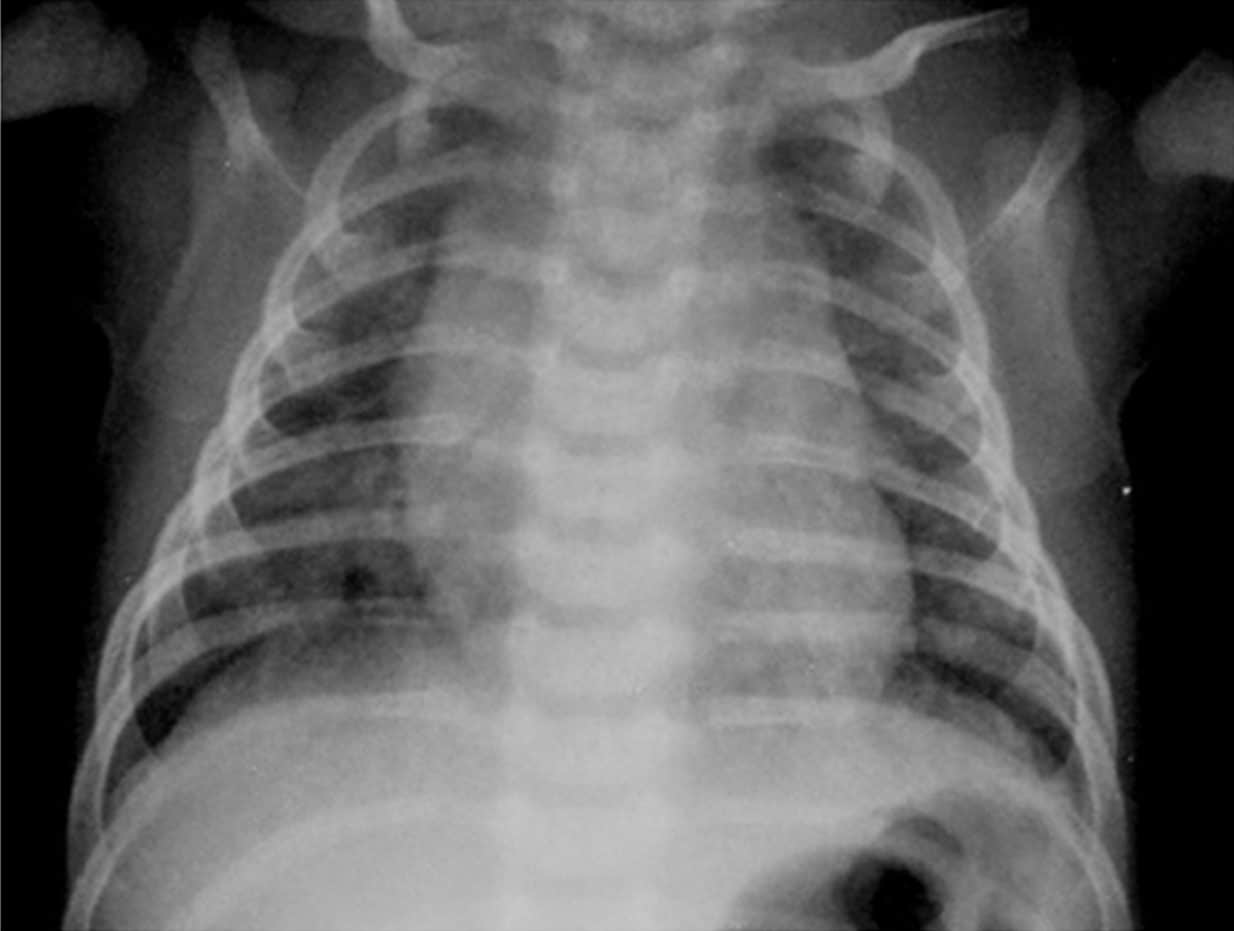
A peptic ulcer is an ulcer that usually occurs in the stomach or duodenum (the first part of the small intestine). It is a fairly common condition, and most people present to the clinic with a burning stomach pain. Histologically, in peptic ulcers, the epithelial lining gets damaged.
Peptic ulcers happen when the acids that help you digest food damage the walls of the stomach or duodenum. Normally, a thick layer of mucus protects the stomach lining from the effect of its digestive juices. But many things can reduce this protective layer, allowing stomach acid to damage the tissue.
The most common cause is infection with a bacterium called Helicobacter pylori. Another cause is the long-term use of nonsteroidal anti-inflammatory medicines (NSAIDs) such as aspirin and ibuprofen. It is a common myth that Stress and spicy foods cause ulcers, but, Stress and spicy foods do not cause ulcers but can only make them worse.

In a systematic review of 31 published studies, the pooled incidence of uncomplicated peptic ulcer disease (PUD) was approximately one case per 1000 person-years in the general population, and the incidence of ulcer complications was approximately 0.7 cases per 1000 person-years. The incidence and prevalence of PUD vary based on the presence of Helicobacter pylori (H. pylori).
Higher rates are found in countries where H. pylori infection is higher. The incidence of PUD in H. pylori-infected individuals is approximately 1 percent per year, a rate that is 6-to 10-fold higher than that for uninfected individuals. A study in the United States reported an endoscopic prevalence of peptic ulcers in asymptomatic, H. pylori-positive adults of 2 percent.

A dull or burning pain in your stomach is the most common symptom of a peptic ulcer. You may feel the pain anywhere between your belly button and breastbone.
The pain most often-
Less common symptoms may include-
Serious signs/symptoms to look out for-
These symptoms could be signs that a peptic ulcer has caused a more serious problem. Even if your symptoms are mild, you may have a peptic ulcer. You should see your doctor talk about your symptoms. Without treatment, your peptic ulcer can get worse.

It is the cluster of components that helps the clinician diagnose a peptic ulcer. One is medical history, the medications the patient was taking, any recent travel, lifestyle choices, etc.
The next component is looking out for signs& symptoms which indicate that the person has a peptic ulcer is very important. Sometimes, tenderness is a very noticeable feature.
Lab tests can also be ordered, including blood tests, urea breath tests for H. Pylori, and possibly stool tests. For imaging Upper Gastrointestinal(GI), endoscopy and biopsy are important tests.
Upper GI endoscopy is very important to directly observe the epithelium of the stomach and duodenum. Sometimes, upper GI X-rays or computerized tomography (CT) scans are important to look out for any complications.

Several different medication therapies are available to help reduce gastric acid and coat the ulcers:

Both our subscription plans include Free CME/CPD AMA PRA Category 1 credits.

On course completion, you will receive a full-sized presentation quality digital certificate.
A dynamic medical simulation platform designed to train healthcare professionals and students to effectively run code situations through an immersive hands-on experience in a live, interactive 3D environment.

When you have your licenses, certificates and CMEs in one place, it's easier to track your career growth. You can easily share these with hospitals as well, using your medtigo app.






